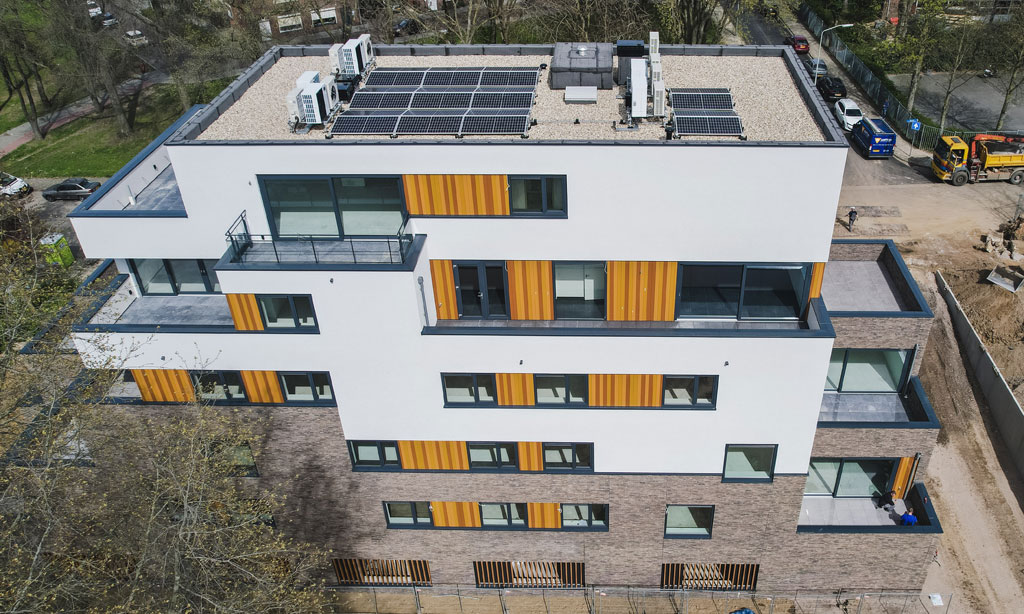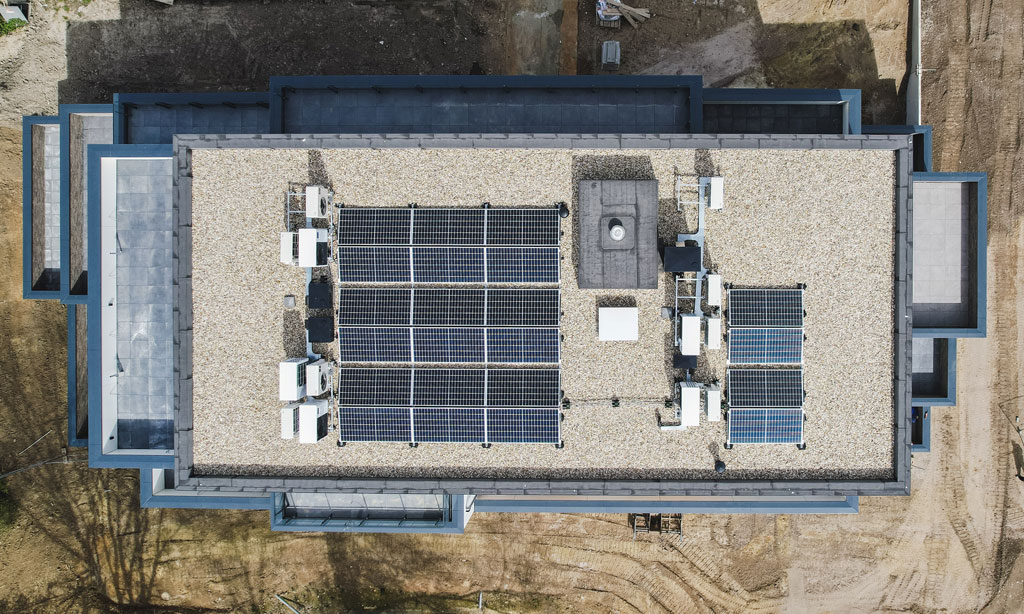A roof hatch is easy to integrate into both existing and new buildings, offering excellent insulation while preserving the building's original appearance. In this article, you can read about the installation process and watch an installation video.

Installation: Easier and More Affordable than a Roof House or Roof access structure
Traditionally, roof access is often realized through a roof house, an additional rooftop structure with a door. However, adding such a floor can make permits more complex and change the building's appearance.
Have you ever thought about a roof hatch? With this, you can achieve roof access without adding an extra floor. A roof hatch is easy to integrate into both existing and new buildings, offers excellent insulation, and preserves the original appearance of the building.
The Installation of a Gorter Roof Hatch
A Gorter RHT roof hatch with a closed cover is suitable for installation in flat roofs with a maximum pitch of 30°. A glazed roof hatch, type RHTG, can be used in roofs with a maximum pitch of 5°. All Gorter roof hatches are delivered fully assembled and "ready to install." Watch the installation process in the video below.
The installation consists of the following steps:
Step 1: Create a Roof Opening
Step 2: Raise or Do Not Raise the Upstand
Step 3: Attach the Roof Hatch and Test the Closure
Step 4: Connect Roof Insulation and Adhere Roof Covering
Architect Information: Specifications and REVIT Drawings
Are you ready to include a Gorter roof hatch in your specifications or design? As an architect, you can easily download specifications, BIM (Revit), AUTOCAD, and PDF drawings from the Gorter website.
Want to learn more about Gorter roof hatches and combinations?
View all CE(ETA)-certified roof hatch models via the following link. You can also contact a Gorter advisor directly or request a quote using the following link.




